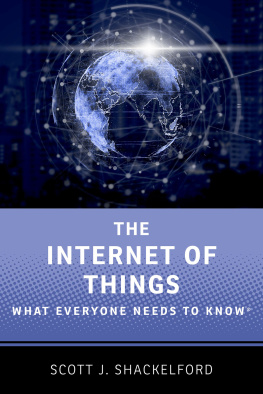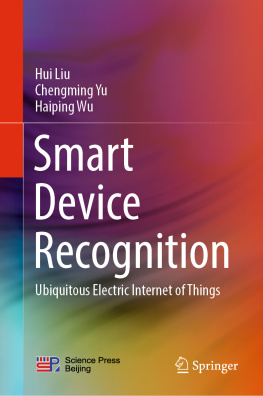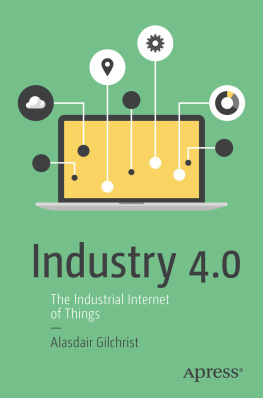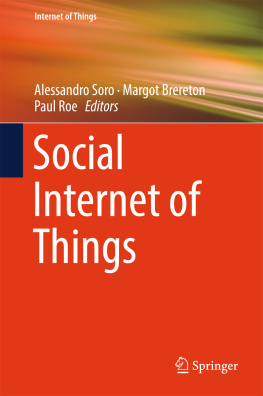The Large Industrial Innovations in the background of human life, known as the Industrial Change, changed human life significantly. A more reliable means of production as well as subsequently greater levels of production set off far-ranging adjustments to industrialized societies. Four phases of Industrial Development made a massive effect in all areas. Transformation started from the Stone Age, when two rocks utilized for lit shooting mounted energy, or, simply put for lots of development in the human age, which shaped the base for creating vapor electric motor. In that, individuals made a substantial development/transformation in each area: architecture, water supply, researches, infrastructure, medicines, automobiles, and so on. There was a consistent advancement all over the globe.
A vital innovation most typically spoken about is architectural development. Indian design is as old as the historic background of development. The earliest remains of unmistakable structural activity in India belong to the Indus Valley metropolitan areas. The particular design style of sanctuary development in various components was a consequence of topographical, climatic, ethnic, racial, recorded, as well as phonetic diverse selections. The rock-cut frameworks provide one of the most superb examples of old Indian craftsmanship. From 200 BCE to 650 AD, the Buddhist priests proceeded having the well-organized Kanheri Caves established inside the timberlands of the Sanjay Gandhi National Park in Maharashtra, India, which were discovered out of a big basaltic shake protrusion in the middle of the initial and second centuries B.C., as also the most punctual Ajanta caves during the 2 BCE. The Dravidian refuge layout established in south India overwhelmingly consists of refuges functioned of sandstone, soapstone, or stone. The well-known Brihadeswara temple in Thanjavur of Tamil Nadu exhibits this style. Surrender sanctuary design was established by the Badami Dynasty on the financial institutions of Malaprabha River in Karnataka during 500 as well as 757 BCE. The Badami Cave havens built by the community of Badami in northern Karnataka in the 6th century is just one of the most effective designs of this engineering include boosting columns, finely etched roofing system boards, and sculptures. The basis for all transformation is advancement. Need is the necessity of all development that causes transformation. The technologies in industry result in Industrial Transformation.
The word Industrialization originated from the Latin Industria, which simply suggests the stable application to organization of labor. English language still makes use of the word laborious in the sense of tough working. In French, the meaning has been calmly altered with the term Industrie describing all operations whereby resources are refined and products are produced. In German, Industrie is used for handling widespread, use of equipment and also modem approaches of functioning. By all these references, automation indicates a development in economic history, whereby a mans tasks were routed on brand-new courses and his performance increased by leaps and bounds. This growth is called by historians as the commercial change, which very first occurred in specific European countries during the later part of the 18th century. The modem culture was an end result of the commercial change in England throughout the late 18th and also early 19th centuries. The synonymous terms sector and producing are utilized very frequently to signify economic activity. These two terms are expressed in a different way by various geographers. Some interpretations are clarified below. According to New Standard Encyclopedia , the term industry in its wide sense means all effective ventures of a country or area. There are such words as production, farming, trade and business, transport, communication, mining, lumbering, angling, building, and construction, and they are also called as markets. The Industrial Revolution was an essential change in the way items were generated, from human labor to equipment. A lot more efficient means of manufacturing and also succeedingly greater degrees of production triggered significant changes to industrialized cultures. Machines were developed that replaced human labor. New energy resources were established to power the new machinerywater, steam, electrical energy, oil (gas, kerosene).
Inventors put advances in atomic, solar, and wind power at the later stages of the Industrial Change. There was enhanced use of minerals and also metalslightweight aluminum, coal, copper, iron, and so on. Transportation improved, with steam-powered central heating boilers, trains, and cars. Interaction was enhancedtelegraph, telephone, and also radio. An example of this Industrial Change is the personal computer or cellular phone. Cell phones were originally utilized by experts who needed quick interactions for service. The everyday efficiency of cell phones was rapidly noticeable, boosting demand. Mobile phone towers were constructed around the world, and mobile phone technology remains growing with even more facility. Have pupils contrast the initial block-sized cell phone with the Apple iPhone.
Industrial Revolution is further classified based on the time and technological improvement as
- Industry 1.0
- Industry 2.0
- Industry 3.0
- Industry 4.0
The Industry 1.0 occurred between 1750 and 1870. It happened in England, the United States, Belgium, as well as France. Industry 1.0 saw basic adjustments in farming, the development of factories, and rural-to-urban movement ().
Table 1.1. Industry 1.0
Invention | Need | Revolution |
Spinning machine | Need to speed up weaving | Power loom created |
Power loom | Increased demand for raw cotton | Cotton gin created |
Cotton gin | Demands for stronger iron | Improvements in iron smelting and the development of steel |
With the development of the spinning jenny and also the power linger, the manufacturing companies were growing. Garments were made much quicker than at any other time. The power linger made use of water-powered capability to weave product. A huge section of the action was performed in the day time. The product business, especially, was changed by automation, as was transportation. Gas sources such as steam and coal made transportation more functional, and assembling of products with devices also spread quickly ( ).
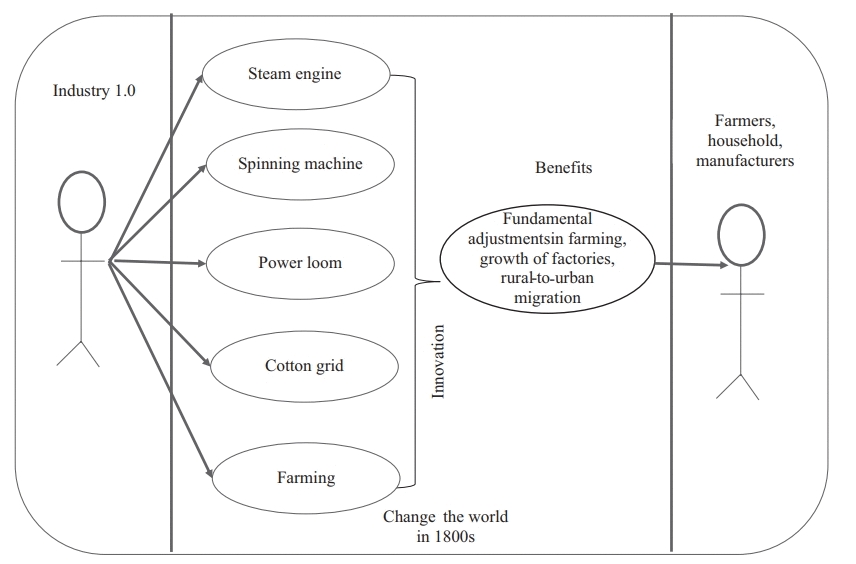
Figure 1.1. Industrial Revolution 1.0.
The first farming change took place around 10,00012,000 years ago. Amidst this revolution, strolling chasing and also assembling took place. This kind of gardening started in the Fertile Crescent. Asia is claimed to be the key area where plant cultivation happened. In Southwest Eastern ambience, grain yields for grains such as wheat were frequently developed. Along with plant cultivation, livestock taming also occurred at this time. Livestock provided meat, and the skin was utilized to stitch crude clothes. People extended the land by making use of the piece as well as take in method. Take in and slice is the cleaning as well as consuming of timberland with the end objective to make land available for planting crops.
Industry 2.0 took place between 1870 and 1960. It saw the spread of the Industrial Change to locations such as Germany, Japan, and Russia. Electricity became the key resource of power for farms, houses, and also manufacturing facilities. There was mass production, specifically of durable goods. Use of electrical power saw electric lights, radios, fans, and television.



